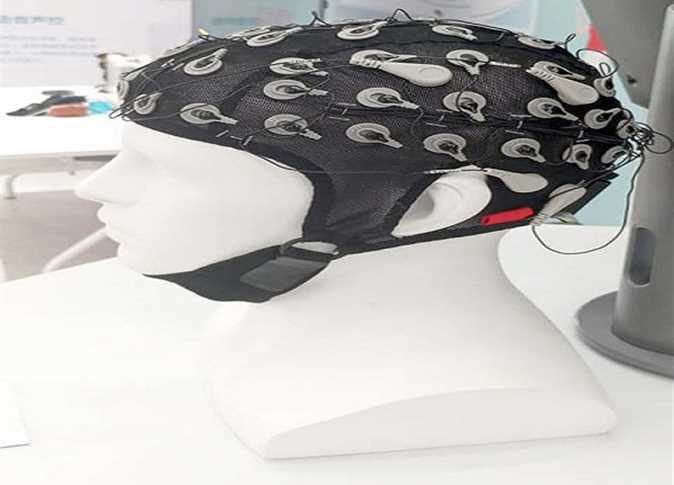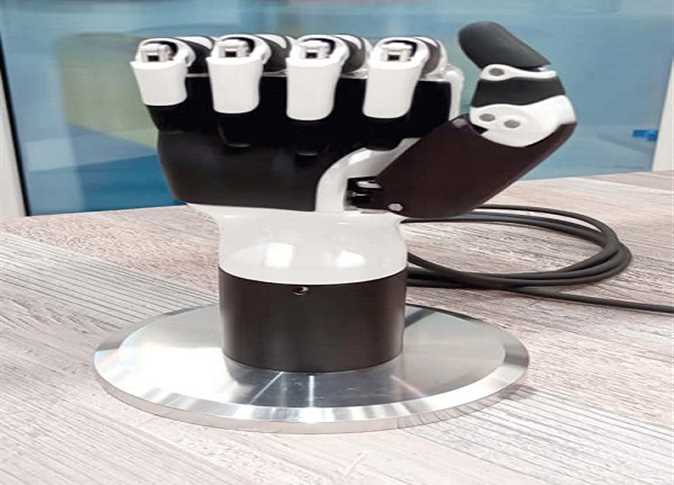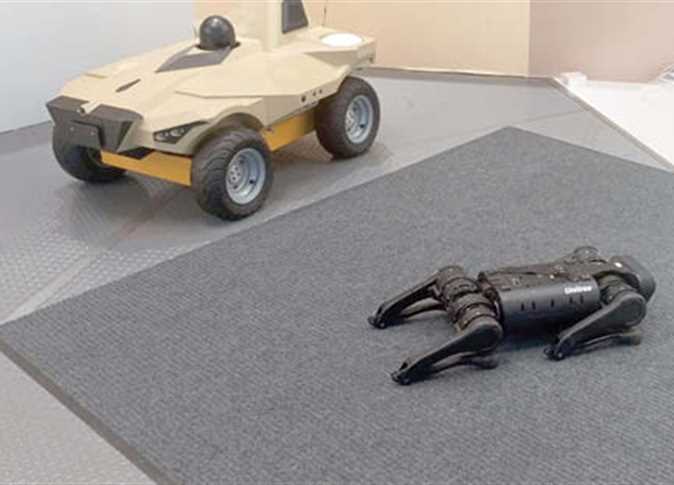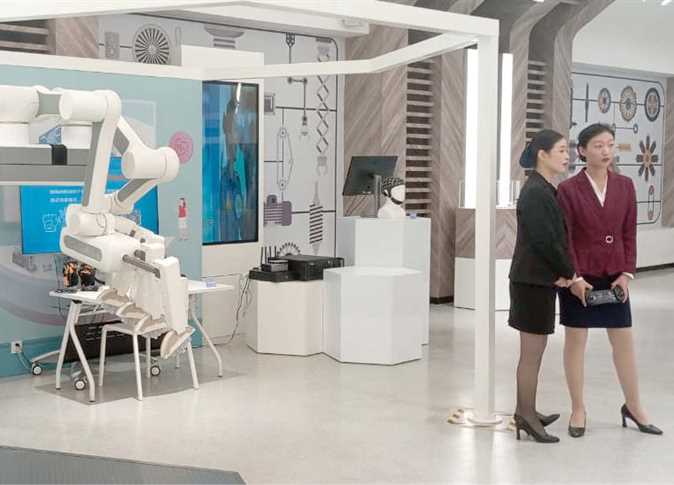
China is experiencing a significant leap in its robotics industry, marked by state-of-the-art technologies with a wide range of applications across various aspects of daily life, from heavy-duty tasks to light-duty everyday chores.
The Zhangjiang Valley in Shanghai is a dedicated industrial park spanning 4.2 kilometers, focusing on developing robotics manufacturing chains.

The park emphasizes high-precision and high-value links through the participation of industry leaders to drive economic growth.
A visit to these robot factories revealed the intricate stages of manufacturing and assembly. Approximately 90 percent of the raw materials are sourced domestically, while the remaining 10 percent is imported from various countries.
The assembly process, involving both large and small components – joints, arms, and feet – takes about a month to complete.
Each robotic arm can lift up to 50 kilograms.
In one technological factory near the center of Shanghai, around 60 employees, including 30 programmers, work on integrating software and hardware at various stages. This process culminates in the installation of head cameras and hand and foot sensors, followed by rigorous testing to ensure the robot’s safe operation and prevent any harm to the user, who controls the robot remotely via an electronic panel.

One of the engineers said that he welcomes cooperation with Egyptian engineers and innovators within the robotics field, with the aim of exporting this technology to the Middle East.
He confirmed that one of these robot weighs approximately 70 kilograms and costs around $5,000 without the software, explaining that the robot can fight fires and assist patients.

Medical marvels
A significant surge and medical breakthrough is taking place in the world of robotics, with application in the rehabilitation of the hand, foot, and speech following strokes and accidents.
Hand function is restored utilizing exact replicas of the hand, alongside physical training, and recovery from paralysis – thereby enhancing training through integrated work with intelligent sensing capabilities.
This helps patients utilize their remaining muscle strength to complete grasping movements and stimulates the development of usage and increases medical involvement through voice-controlled devices to activate speech through voice-activated training using language centers.
Under the tagline ‘Hand in Hand,’ a specialized robot has been developed to perform minimally invasive surgeries on coronary arteries, nerves, tumors, and blood vessels.
The ‘Oubing’ team has successfully obtained over 100 patents covering all types of minimally invasive surgeries, heart, brain, and neurological diseases with high accuracy and avoidance of human error, thus eliminating medical liability.

Experts in medical robot patents are working on artificial intelligence and remote diagnosis.
This has been achieved at the Dongfang Hospital through the use of the first standard surgical robot using technology similar to the flexibility of surgical instruments.
The Zhangjiang Robotics Valley is focused on developing medical robots for interventional procedures in the middle vascular cavity. These robots rely on three-dimensional and virtual reality in urological surgeries for adults, gynecological diseases, and heart failure.
The Tongji University has achieved remarkable success in this field.

The dexterous technological hand, operated by robots, contains 16 built-in miniature electric cylinders, six active degrees of freedom, and 12 joints with a hybrid control algorithm and millimeter-level positioning.
The hand moves each finger independently according to external commands.
China’s pride

Then there is ‘Allengo’, a four-legged, multi-eyed inspection robot designed to navigate rough terrains, fires, and highly explosive areas.
This robot was developed by the Shanghai Institute of Robotics Industry and Artificial Intelligence Systems.
China has made massive strides in the robotics industry, with Chinese Leader Xi Jinping stating that robotics are the crown jewel of manufacturing, research, and development, serving as a measure of China’s scientific and technological innovation and a significant symbol of its advanced manufacturing level.





